Is there a better solution, or do you really feel safe eating from a garden that is sprayed with those long chemical names that appear on the back of pesticide bottles?
The use of harsh chemical pesticides can unintentionally harm your loved ones or pets and is horrible for the environment. Use homemade non-toxic pesticides to keep your garden free of unwanted pests.
gardeninginfo-online.com gathered information about pesticides and gives you easy, non-toxic recipes for making them at home.
Pesticide Definition
The word pesticide is a general term used to describe many compounds which are used to control various types of pests. For example:
Insecticides – Used to kill or repel insects.
Herbicides – Used to kill unwanted plant life.
Rodenticides – Used to kill or repel rodents, including rats and mice.
Bactericides – Used to control or eliminate the growth and spreading of bacteria.
Fungicides – Used to control or eliminate the growth of fungi.
Larvicides – Used to attack and eliminate insects while still in a larval state (mostly for mosquito control).
For each of the above pesticides, there are homemade non-toxic versions that you can easily make and apply to your garden.
Homemade Non-Toxic Insecticide Recipe
The following recipe will help you safely control insects feeding on or damaging the foliage in your garden.
This recipe yields 1/2 gallon of insecticide.
You will need:
• Liquid dishwashing soap (Dawn, Lemon Joy, Ivory, etc. don’t use ultra or special formula varieties)
• Vegetable oil (corn, canola, peanut, sunflower, etc.)
• Warm water (filtered or soft water is recommended, but tap water will do)
Step 1 – Pour 1/2 cup of vegetable oil In the measuring cup, and stir in 3 Tbsp of the dishwashing soap. Mix well.
Step 2 – Pour the oil and dishwashing soap mixture into a 1-gallon jug, then fill the jug halfway with water.
Step 3 – Shake well and fill your spray bottle. Store the remainder (in the jug) in a cool, dry place.
Homemade Non-Toxic Herbicide Recipe
Here are two recipes for a homemade herbicide. One for areas where you plan to replant and one for areas where you don’t want to see any type of growth.
You will need:
• Ordinary white distilled vinegar with a minimum 5% acidity (the higher the acidity, the faster it works).
• Table salt. Nothing special or expensive, simple NaCl works fine.
• Liquid dishwashing soap. No particular type or brand needed, this is to help the vinegar adhere to the vegetation you are targeting.
For areas where you will replant – Fill a garden sprayer with vinegar and add one teaspoon of the liquid dishwashing soap to the vinegar.
That’s it. On a hot, dry day, spray down the vegetation you wish to remove. Once the weeds have died, it is safe to replant.
For areas where you do not want to see any growth – Before you proceed, applying the following recipe will eventually sterilize the soil it is applied to. This is a permanent fix.
Mix one cup of salt to one-half gallon of the vinegar and mix until the salt is dissolved. Then add one teaspoon of the liquid detergent, mix well and fill a garden sprayer with the mixture.
This mixture will kill all of the vegetation in walkways, driveways, and patios. It may take multiple applications, but as the salt level builds in the soil, nothing will be able to grow.
Homemade Non-Toxic Rodenticide Recipe
Here are two recipes for a homemade rodenticide. While neither recipe is toxic, it is important to wear protective gloves when making them. If your scent is on the poison, mice and rats will avoid it altogether.
You will need:
• Flour
• Sugar
• Baking soda
• Peanut butter
For the first recipe – Simply mix a half-cup of flour, a half-cup of sugar, and a half-cup of baking soda together. Stir them together thoroughly to mask the baking soda.
That’s it. Place the mixture in mason jar lids and set them near areas where you know the mice or rats are nesting or commuting.
For the second recipe – Mix together equal parts of baking soda and peanut butter, wearing gloves, roll the mixture into balls and bait the areas where you know the mice or rats are nesting or commuting.
Peanut butter is so irresistible to rodents that commercial grade rodenticides use it as an ingredient.
The secret to both recipes is the baking soda. As it reacts with the rodent’s stomach fluid, carbon dioxide gas is produced. As mice and rats cannot pass gas, it builds up in the system until causing internal blockages or ruptures.
Note: Be extremely cautious if you have toddlers or curious pets. While these recipes are non-toxic, if ingested, they can result in the need for emergency medical attention.
Homemade Non-Toxic Bactericide Recipe
The most basic recipe is one of the most tried and true of all time.
You will need:
• Alcohol
• Filtered or distilled water
Mix equal parts alcohol and water then shake. That’s it, your bactericide is ready to go.
Homemade Non-Toxic Fungicide Recipe
The following recipe will help you safely control fungi that are growing on and damaging the foliage or vegetables in your garden.
This recipe yields 1 gallon of fungicide.
You will need:
• Vegetable oil (corn, canola, peanut, sunflower, etc.)
• Water (filtered or soft water is recommended, but tap water will do)
• Baking soda or potassium bicarbonate
Step 1 – Mix 4 to 5 teaspoons of baking soda thoroughly with a gallon of water.
Step 2 – Add one tablespoon of vegetable oil and mix well. The oil will help the fungicide adhere to the areas it is applied to.
Step 3 – Liberally apply to affected plants and allow them to dry. Reapply the solution after heavy rainfall.
Homemade Non-Toxic Larvicide Recipe
One of the most promising and effective ingredients for a homemade larvicide is cinnamon oil. Just apply 2 to 3 drops in places where you may have or expect to have standing water.
If you can eliminate standing water altogether, you won’t need the larvicide.
Non-Toxic Pest Control
Stop using commercial grade pesticides. Avoid exposing your loved ones and pets to harsh chemicals which can harm them.
In this article, you discovered the different types of pesticides and found recipes to make them from non-toxic ingredients found in your kitchen.
By using harsh chemical pesticides, you can unintentionally harm your loved ones or pets. Keep them safe and lower the environmental impact by using homemade non-toxic pesticides to keep your garden and family healthy.
Sources:
http://www.health.gov.au/internet/publications/publishing.nsf/Content/ohp-enhealth-manual-atsi-cnt-l~ohp-enhealth-manual-atsi-cnt-l-ch5~ohp-enhealth-manual-atsi-cnt-l-ch5.7
https://extension.psu.edu/are-home-remedies-a-good-solution-penn-state-extension-says-no
https://www.epa.gov
The post Homemade Non-Toxic Pesticides for Your Garden appeared first on http://gardeninginfo-online.com.
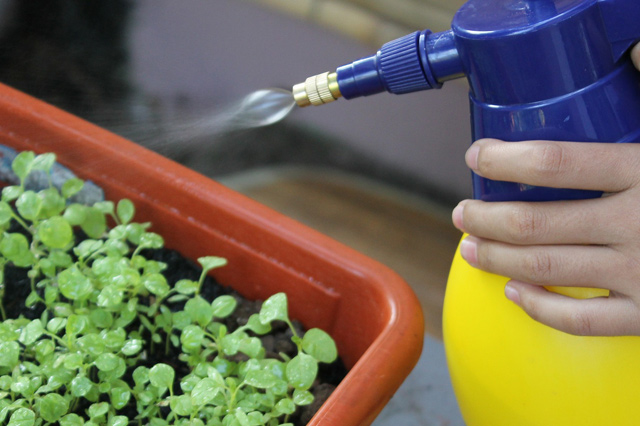
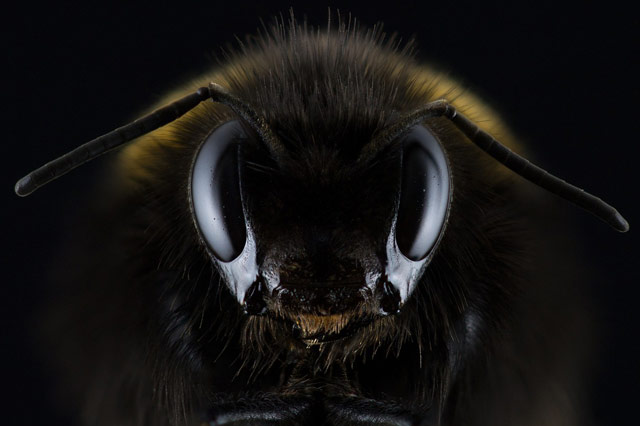
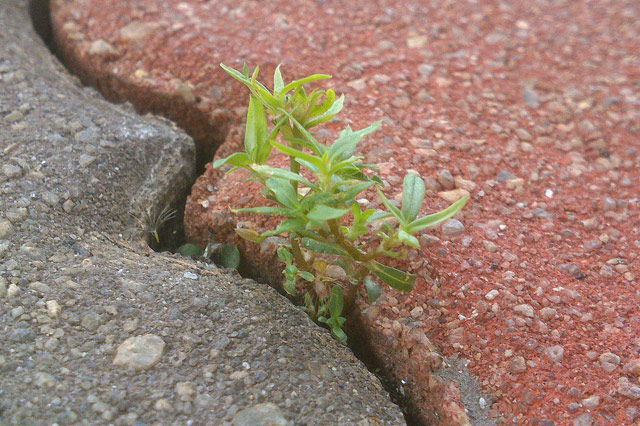
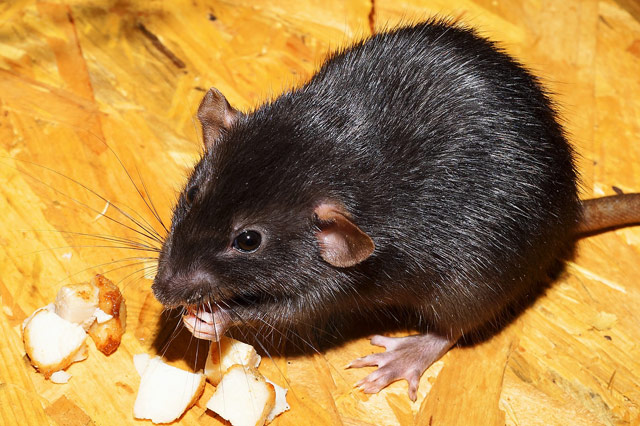
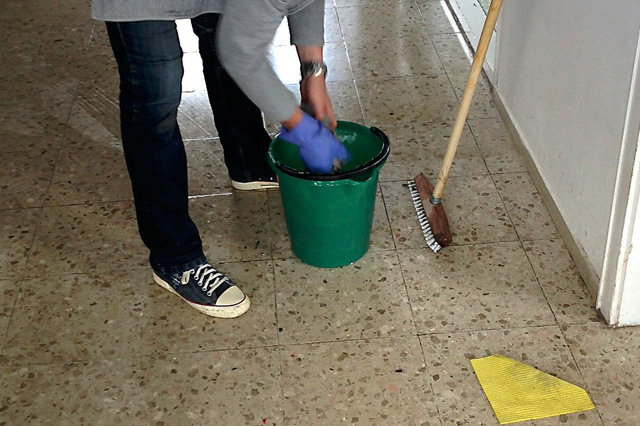
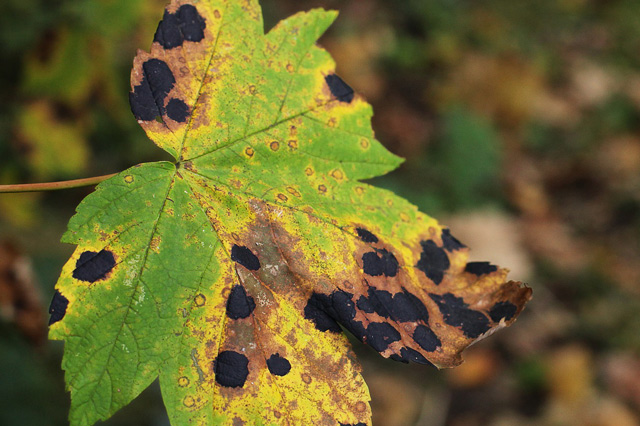
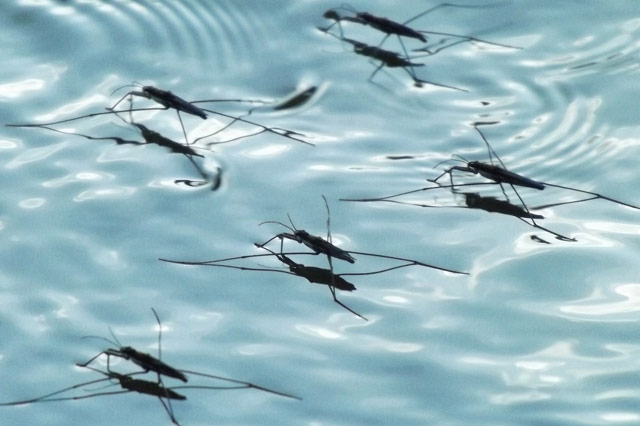
No comments:
Post a Comment